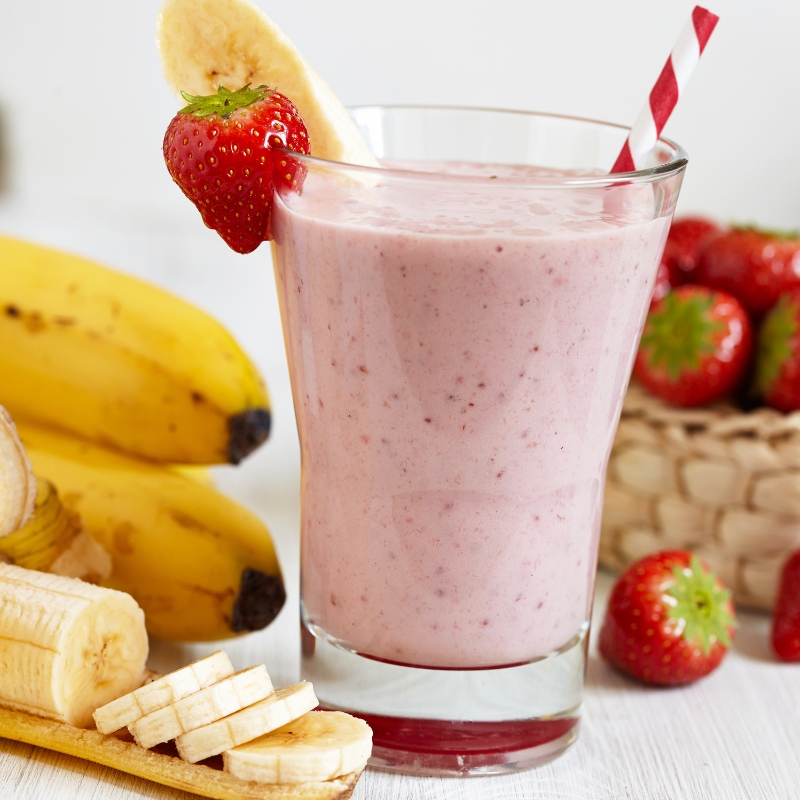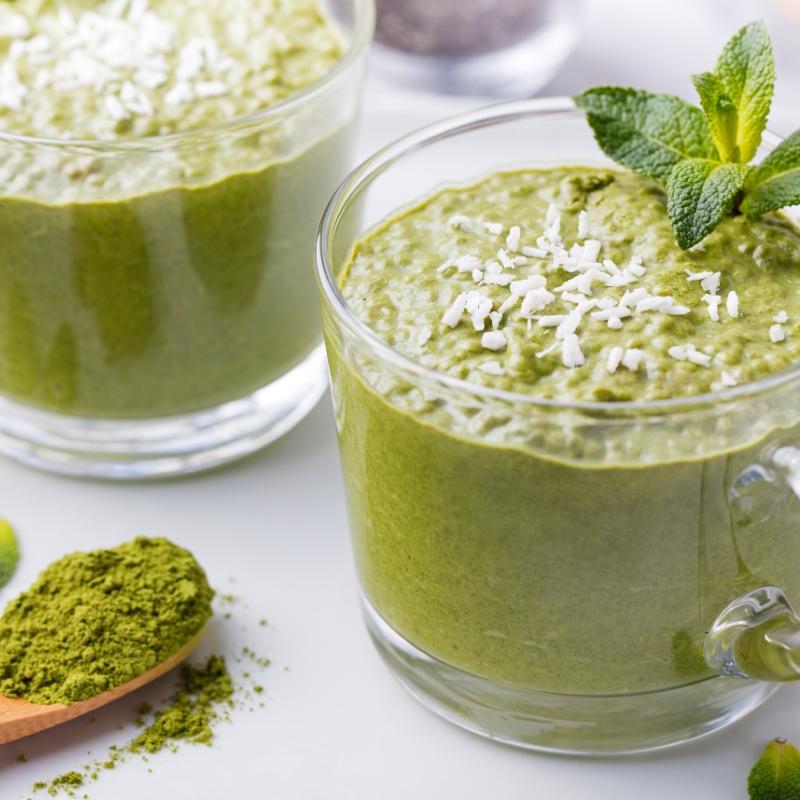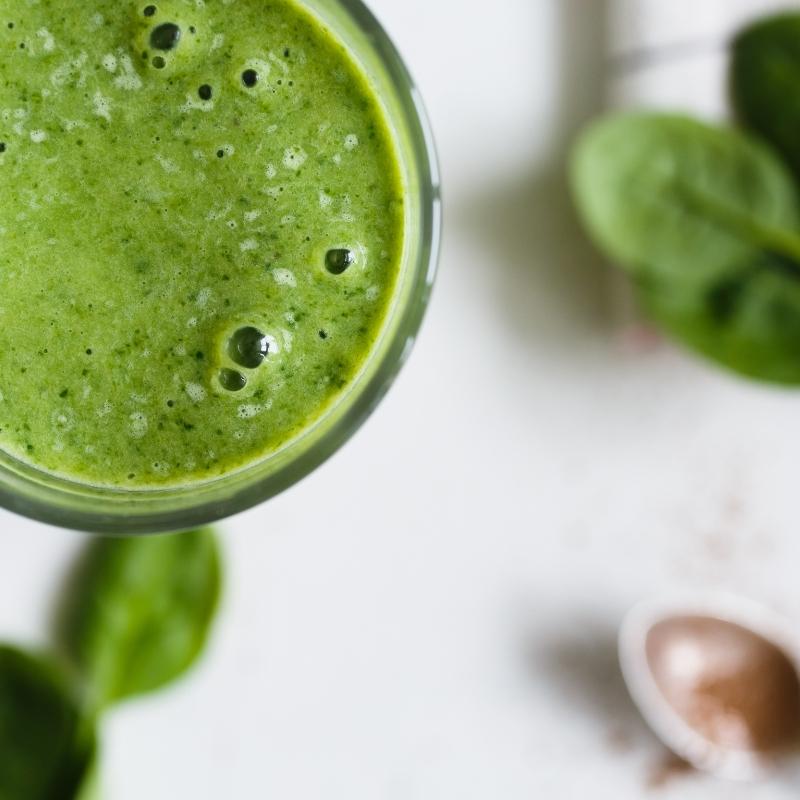Discover the ultimate Strawberry Banana Smoothie recipe – a delightful fusion of strawberries, banana, and chia seeds. Indulge in a burst of satiating fruity goodness with every sip, packed with vitamins and nutrients.
Coconut Magic: Smoothie Sensations
Harnessing the power of coconuts for sensational smoothies
Coconuts and their derivatives—coconut water, coconut meat, coconut milk, coconut cream, and coconut flakes—are a treasure trove of nourishing elements, making them fantastic ingredients for blending. Especially in the sultry climes of Singapore, where coconuts are abundant and inexpensive, their incorporation into smoothies and other blended beverages offers a delightful and healthful culinary experience.

1. Coconut Water: Nature’s Elixir for Quenching Thirst
Electrolyte-rich Base: Known as nature’s sports drink, coconut water is naturally hydrating with a sweet, nutty taste. It is high in potassium and contains beneficial electrolytes, making it an excellent base for smoothies in Singapore’s tropical climate, aiding in fluid balance and rehydration.
Heart-friendly Ingredient: Coconut water is a boon for heart health, demonstrated by studies highlighting its potential in reducing cholesterol(1). A heart-friendly smoothie? Yes, please!
2. Coconut Meat: Creamy Textured Goodness
Smoothie Thickener: The meat of the coconut, while relatively high in fat, is packed with protein, fiber, and several essential vitamins and minerals. It adds a rich creaminess to smoothies, making them more filling, thus serving as a substantial snack or a light meal.
Energizing Fats: With its medium-chain triglycerides (MCTs), a smoothie with coconut meat can provide a quick energy source, essential for the hustle and bustle of Singaporean life(2).
3. Coconut Oil: Silky Smooth Enrichment
Rich Consistency: A touch of coconut oil can lend your smoothie a velvety finish, making every sip an indulgent experience.
Brain-boosting Ingredient: Thanks to the MCTs in coconut oil, your smoothie might just give your brain cells a little energy boost(3), essential for those brainstorming sessions or evening classes.
4. Coconut Milk and Cream: Tropical Creaminess
Energy Boosting: Derived from the grated meat of mature coconuts, coconut milk are high in healthy fats known as medium-chain triglycerides (MCTs). MCTs are known for their quick energy-releasing properties and for aiding digestion.
Luxe Creaminess: For those who desire a rich, creamy smoothie, coconut milk is the answer. This dairy-free alternative is not just about taste; it’s also a source of essential vitamins and minerals. Coconut milk, being lighter, is perfect for a refreshing, creamy smoothie, while coconut cream can make your smoothie feel more indulgent and dessert-like.
Immunity in a Sip: Given the current global health landscape, a dose of immunity is always welcome. The lauric acid in coconut milk, known for its antiviral and antibacterial properties4, turns your smoothie into a glass of wellness.
5. Coconut Flakes: A Finishing Touch
Crunch Factor: Elevate your smoothie’s texture by garnishing with some crisp coconut flakes. They add a delightful crunch and aesthetic appeal to your beverage. Plus, they add a burst of the coconut’s nutritional goodness. When added to the blender, they give an extra coconutty boost and a delightful texture to the smoothies.
Moreover, using coconuts and coconut products for blending aligns with the global trend of sustainable and local eating. In Singapore, where coconuts are sourced from neighboring tropical regions, this means lower carbon footprints and supports local farmers.
From hydration to nutrition to sustainability, and not forgetting the delightful taste, the versatile coconut, in its many forms, truly stands out as a wholesome blending ingredient, particularly in the tropical paradise of Singapore. So, whether you’re sipping on a coconut water-based smoothie after a morning run, enjoying a coconut milk smoothie for a mid-day pick-me-up, or indulging in a coconut cream smoothie as a sweet after-dinner treat, you’re not just delighting your taste buds, but also nourishing your body with nature’s bounty.
References:
(1) Sandhya, V. G., & Rajamohan, T. (2006). Beneficial effects of coconut water feeding on lipid metabolism in cholesterol-fed rats. Indian Journal of Experimental Biology, 44(9), 745-749. ↩
(2) St-Onge, M. P., & Jones, P. J. (2002). Physiological effects of medium-chain triglycerides: potential agents in the prevention of obesity. The Journal of Nutrition, 132(3), 329-332. ↩
(3) Fernando, W. M., Martins, I. J., Goozee, K. G., Brennan, C. S., Jayasena, V., & Martins, R. N. (2015). The role of dietary coconut for the prevention and treatment of Alzheimer’s disease: potential mechanisms of action. British Journal of Nutrition, 114(1), 1-14. ↩
(4) Esquenazi, D., Wigg, M. D., Miranda, M. M., Rodrigues, H. M., Tostes, J. B., Rozental, S., … & Alviano, C. S. (2002). Antimicrobial and antiviral activities of polyphenolics from Cocos nucifera Linn. (Palmae) husk fiber extract. Research in Microbiology, 153(10), 647-652. ↩



Comments (0)